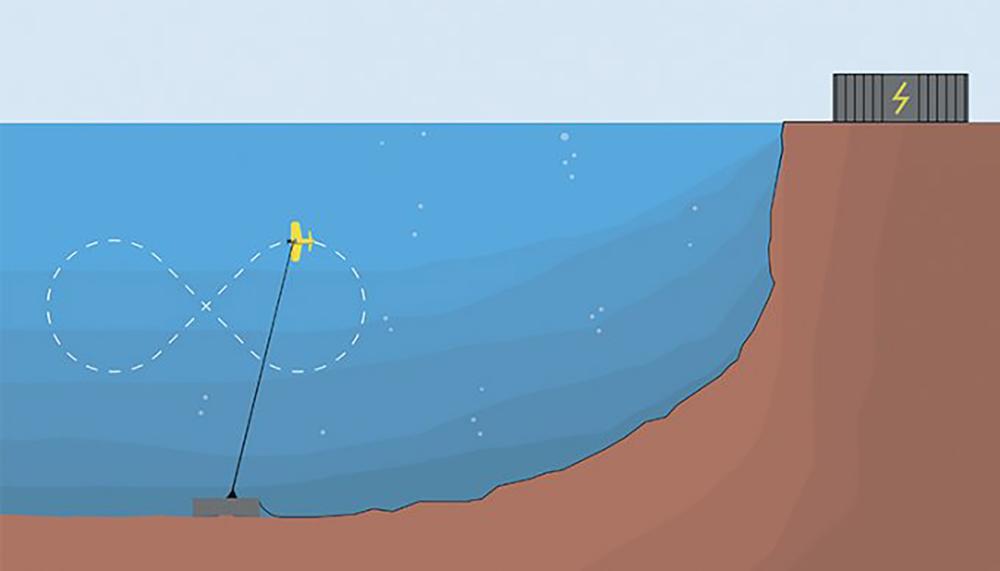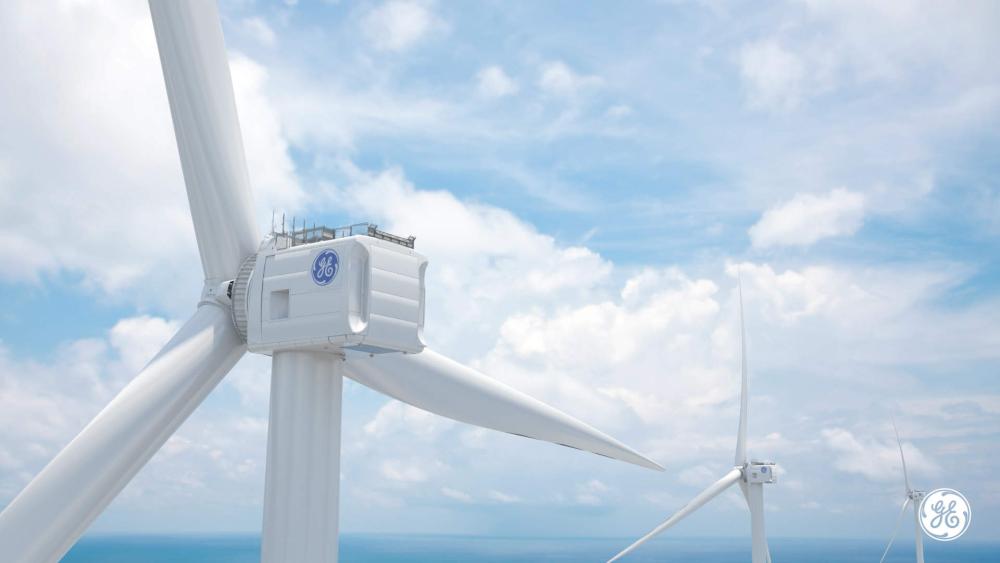
Figure 2 (above). How it works. Reprinted from Minesto, https://minesto.com/our-technology.
The urgency for change has never been felt more than now as significant and rapid solutions for the imminent and irreparable damage of climate change are needed. What the Paris Agreement in 2016 crystallized was that in order for there to be long-lasting and effective change to rising temperatures in our atmosphere, global cooperation is necessary. But while many countries woke up to the urgency of our planet’s environmental crisis, the Paris Gap — the distance between the time it takes to implement change and the time that change needs to occur — became equally apparent.
January 2020 marks a time of reflection over a decade’s worth of innovation in the field of green energy around the world. We thought it would be interesting to take a closer look at one company — Minesto — whose invention qualified as TIME’s best invention of 2010 in green energy in order to see where the company is today, ten years later. What goals did they set out to accomplish when they were recognized for their groundbreaking innovation, Deep Green Underwater Kite, and how have they evolved over the span of time that followed?
While Minesto was recognized by TIME for its Deep Green Underwater Kite in 2010, the company’s journey started four years earlier in 2006 when the inventor, former Saab engineer Magnus Landberg, wrote his master’s thesis on the viability of the technology behind the Deep Green concept. In a nutshell, Landberg theorized that since seawater is 800 times as dense as air, the small kite-like turbine designed to be tethered to the ocean floor could generate 800 times more energy than if it were in the sky. In 2009, the prototype produced electricity for the first time, and by 2011, its developers claimed that the kite’s relatively light weight and ability to function in low-velocity currents gave it advantages over other tidal and ocean current power plants. The technology was then recognized and granted funding by Carbon Trust, an important milestone for Minesto, and by 2014, it was awarded an agreement for the lease of a 10 MW installation in Holyhead Deep, the world’s first low-flow tidal stream project.
One of the strengths of Minesto’s Deep Green invention is that it is designed specifically to produce energy from consistent and low-velocity streams of tidal currents typically found in almost all deep waters around the world. Unlike many other renewable energy sources such as wind and solar that are dependent on unpredictable weather factors, tidal currents are a very reliable and predictable source of energy. The company currently has a functioning prototype off the coast of Wales and is now at the phase of producing a new and more effective version of the original Deep Green Underwater Kite design called DG100. Minesto plans to begin operating two of them in 2020 on the Faroe Islands about halfway between Norway and Iceland.
